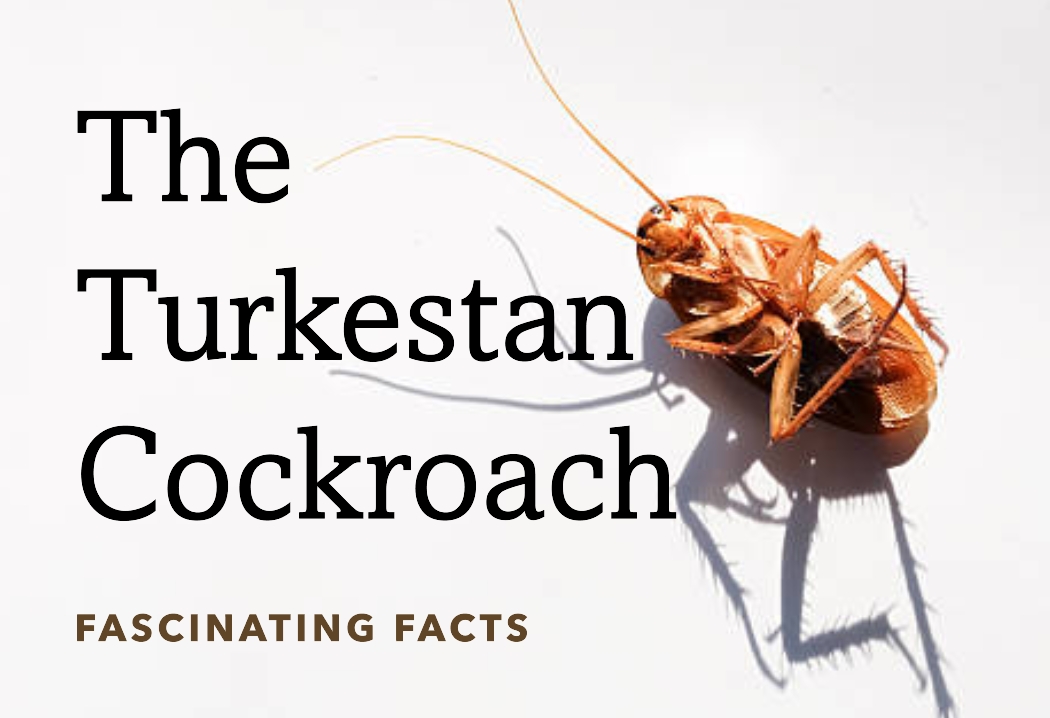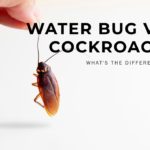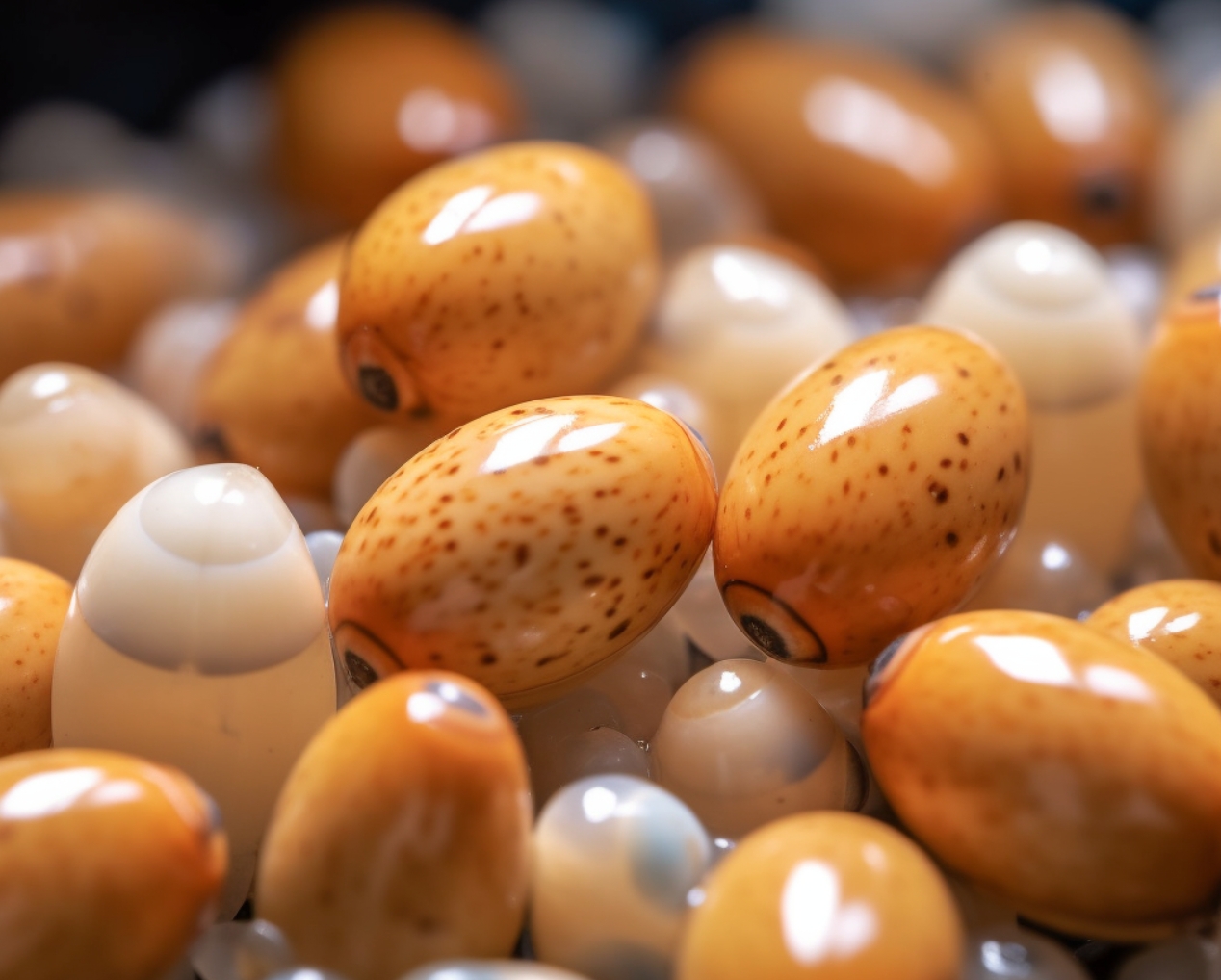The Turkestan cockroach is an invasive species of cockroach that has been steadily gaining ground in various parts of the world. This comprehensive guide will help you understand the Turkestan cockroach, identify its presence, and guide you through prevention and control measures. We will also discuss some of the top brands and products you can use to combat this pesky intruder.
Understanding the Turkestan Cockroach
Contents
The Turkestan cockroach, scientifically known as Blatta lateralis, is a species native to Central Asia but has been introduced to other parts of the world, including the United States. They can be found in both indoor and outdoor environments, making them a formidable pest.
Physical Appearance
Adult Turkestan cockroaches exhibit sexual dimorphism, meaning that males and females have distinct physical appearances:
- Males are about 0.7-1.1 inches long, with a reddish-brown or dark brown color, long wings, and a yellowish margin on the pronotum (the plate-like structure that covers the thorax).
- Females are shorter, about 0.5-0.9 inches long, with a dark brown or black color, short wings, and a cream-colored stripe on the edges of their wings.
Behavior and Habitat
Turkestan cockroaches are primarily nocturnal and prefer warm, damp environments. They can be found in a variety of settings, including:
- Garbage containers and dumpsters
- Sewers and drainage systems
- Underneath rocks, pavers, and debris
- Inside water meter boxes and utility boxes
While they can infest homes, Turkestan cockroaches are more commonly found outdoors, making them less of an indoor nuisance compared to other species like the German cockroach.
Identifying a Turkestan Cockroach Infestation
It’s essential to know the signs of a Turkestan cockroach infestation to take appropriate action. Some common indicators include:
- Seeing live cockroaches: If you spot Turkestan cockroaches around your home, it’s likely that you have an infestation.
- Finding dead cockroaches or body parts: Shed skins, wings, or other body parts can be signs of an infestation.
- Cockroach droppings: Turkestan cockroach droppings look like black pepper or coffee grounds and can be found in areas where they frequent.
- Unpleasant odor: A strong, musty smell might indicate a large number of cockroaches living in the area.
Prevention and Control
To prevent and control a Turkestan cockroach infestation, follow these steps:
- Eliminate hiding spots: Remove debris, leaf litter, and piles of wood or rocks from your property. Seal cracks and gaps in your home’s exterior to prevent entry.
- Maintain cleanliness: Keep your home clean and free of food crumbs and spills. Regularly take out the garbage, and make sure it’s stored in a sealed container.
- Reduce moisture: Fix any leaks or drainage issues around your home. Turkestan cockroaches thrive in damp environments, so eliminating excess moisture will make your property less appealing.
If you already have an infestation, you’ll need to take more aggressive action. Some popular methods to combat Turkestan cockroaches include:
- Using insecticides: Apply a residual insecticide like Cimexa around the perimeter of your home, focusing on entry points and hiding spots. Remember to follow the manufacturer’s instructions for safe and effective use.
- Setting up bait stations: Cockroach bait stations, such as the Advion Cockroach Gel Bait, can help eliminate Turkestan cockroaches. Place them in areas where you’ve seen cockroach activity, and replace them as needed.
- Using dusts and powders: Apply diatomaceous earth or boric acid around areas where you suspect cockroaches are hiding. These substances can help kill cockroaches by damaging their exoskeletons or causing dehydration.
- Employing traps: Roach traps can help you monitor and control Turkestan cockroach populations. Place them in areas with high cockroach activity, and replace them regularly to maintain their effectiveness.
- Hiring a professional exterminator: If the infestation is severe, you may need to hire a roach exterminator to assess the situation and implement a comprehensive treatment plan.
Top Brands and Products for Turkestan Cockroach Control
There are various brands and products available that can help you control Turkestan cockroaches. Some of the best options include:
- Advion Cockroach Gel Bait: This highly effective bait attracts and kills Turkestan cockroaches, helping you eliminate infestations.
- Cimexa Insecticide Dust: A powerful residual insecticide that can be applied around your home to create a barrier against Turkestan cockroaches.
- Boric Acid and Peanut Butter Bait: A homemade solution made from boric acid and peanut butter can be used as a bait to eliminate Turkestan cockroaches. Use caution, as boric acid can be toxic to pets and humans if ingested.
- Diatomaceous Earth: This natural, non-toxic powder can be used to create a barrier around your home, killing Turkestan cockroaches that come into contact with it.
- Roach Motel Traps: These sticky traps can help you monitor and control Turkestan cockroach populations.
Conclusion
The Turkestan cockroach is an invasive species that can cause problems for homeowners, especially when infestations are left unchecked. By understanding their appearance, behavior, and habitat, you can identify infestations early and take appropriate action to prevent and control their presence. Be sure to use the recommended brands and products for the best results in your battle against these pesky pests.
FAQ about Turkestan Cockroaches
1. Are Turkestan cockroaches dangerous?
While Turkestan cockroaches are not directly harmful to humans, they can carry and spread bacteria, which may contaminate surfaces and food. As with any cockroach species, it’s essential to maintain a clean environment and address infestations quickly to minimize potential health risks.
2. What attracts Turkestan cockroaches to my home?
Turkestan cockroaches are attracted to warm, damp environments with access to food and shelter. Common attractants include garbage, food crumbs, standing water, and cluttered outdoor spaces with ample hiding spots.
3. Can Turkestan cockroaches fly?
Male Turkestan cockroaches have long wings and can fly short distances, while females have short wings and are unable to fly. Although not as agile in the air as some other cockroach species, male Turkestan cockroaches can still cover small distances if needed.
4. How do I differentiate between a Turkestan cockroach and other species?
Male Turkestan cockroaches have a reddish-brown or dark brown color, long wings, and a yellowish margin on their pronotum. Females are shorter, with a dark brown or black color and a cream-colored stripe on the edges of their wings. These features can help you distinguish Turkestan cockroaches from other species like the German, American, or Oriental cockroach.
5. What is the lifespan of a Turkestan cockroach?
The lifespan of a Turkestan cockroach varies depending on factors such as temperature, humidity, and access to food. On average, they can live for about 3-6 months. However, in optimal conditions, their lifespan may extend up to a year.
6. How do I get rid of Turkestan cockroaches naturally?
There are several natural methods for controlling Turkestan cockroaches, such as using diatomaceous earth, boric acid, or peppermint oil. You can also implement preventive measures, like maintaining cleanliness, reducing moisture, and sealing entry points.
7. Are Turkestan cockroaches resistant to pesticides?
Turkestan cockroaches have not been reported to develop significant resistance to pesticides. However, it’s essential to use pesticides judiciously and according to the manufacturer’s instructions to minimize the risk of resistance and ensure effective control.
8. Do natural predators help control Turkestan cockroach populations?
Natural predators like birds, lizards, spiders, and centipedes can help control Turkestan cockroach populations to some extent. However, relying solely on natural predators may not be sufficient to eliminate an infestation. It’s crucial to implement prevention and control measures, as discussed in this guide, for effective management of Turkestan cockroaches.



